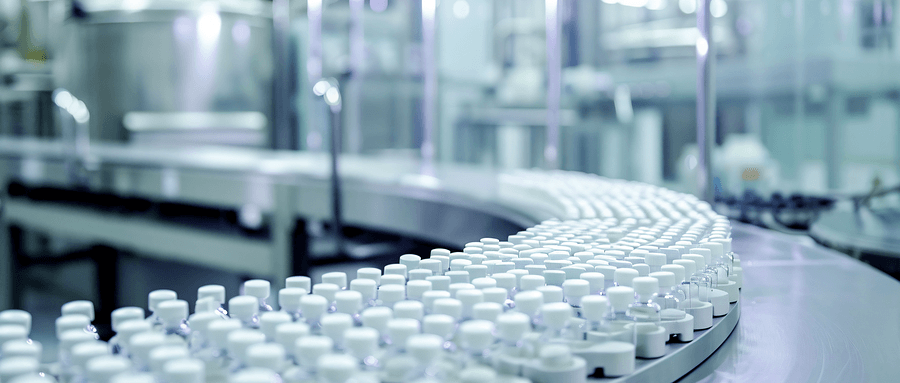




























D-SIMS can provide elemental structural information of surfaces, thin films, interfaces, and even three-dimensional samples.

| Project Overview
Dynamic Secondary Ion Mass Spectrometry (D-SIMS) is a highly sensitive surface analysis technique. It bombards the sample surface with primary ions to eject an extremely small quantity of secondary ions. The elemental species are then determined based on the mass of the secondary ions. This method is characterized by extremely high resolution and detection limits for surface analysis. D-SIMS can provide elemental structural information of surfaces, thin films, interfaces, and even three-dimensional samples. Its unique feature lies in the fact that secondary ions originate from a single atomic layer of the surface (within 1 nm), carrying only the surface chemical information. With advantages of small analytical area, shallow analytical depth, and high detection limits, it is widely applied in physics, chemistry, microelectronics, biology, pharmaceuticals, and spatial analysis for both industrial and research purposes.
| Test Objective
(1) When minute foreign substances are present on the product surface and conventional composition testing methods cannot accurately perform qualitative or quantitative analysis, D-SIMS can be selected. D-SIMS is capable of analyzing the composition of foreign particles with diameters ≥10 μm.
(2) When the surface film layer of a product is too thin for conventional methods to measure thickness, D-SIMS can be applied. With D-SIMS, ultrathin films with thicknesses ≥1 nm can be measured.
(3) When a product surface contains multiple thin film layers and it is necessary to measure the thickness and composition of each layer, D-SIMS can be applied to accurately determine both the thickness and the compositional content of each thin film.
(4) When issues such as delamination occur between the film layer and the substrate cross-section but no obvious traces of foreign matter are observed, D-SIMS can be used to analyze ultra-trace surface substances to determine whether external contamination exists in the cross-section, with a detection limit reaching the ppb level.
(5) In doping processes, the concentration of doped elements is generally within the ppm–ppb range, and the depth can reach tens of micrometers. Conventional methods cannot accurately measure the concentration distribution of doped elements from the surface to the core, whereas D-SIMS can successfully carry out this parameter testing.
| MTT Advantages
1. Professional Team: A team of highly experienced testing engineers and technical experts.
2. Advanced Equipment: Equipped with internationally leading testing instruments to ensure accuracy and reliability of results.
3. Efficient Service: Rapidly respond to customer needs and provide one-stop, high-efficiency inspection services.
4. Authoritative Certification: The laboratory is certified by ISO/IEC 17025, ensuring that test reports have international credibility.
Precautions for Dynamic Secondary Ion Mass Spectrometry (D-SIMS) Analysis
(1) The maximum sample size is 1 × 1 × 0.5 cm. If the sample size exceeds this specification, it shall be cut for testing, and the sample surface shall be flat.
(2) During sampling, avoid any contact between hands or tools and the test area. After the sample is removed, use vacuum packaging or other packaging that isolates it from the external environment to prevent contamination that could affect analytical results.
(3) Samples tested with D-SIMS are not restricted by conductivity; insulating samples can also be analyzed.
(4) The elemental analysis range of D-SIMS covers H to U, with detection limits reaching the ppb level.